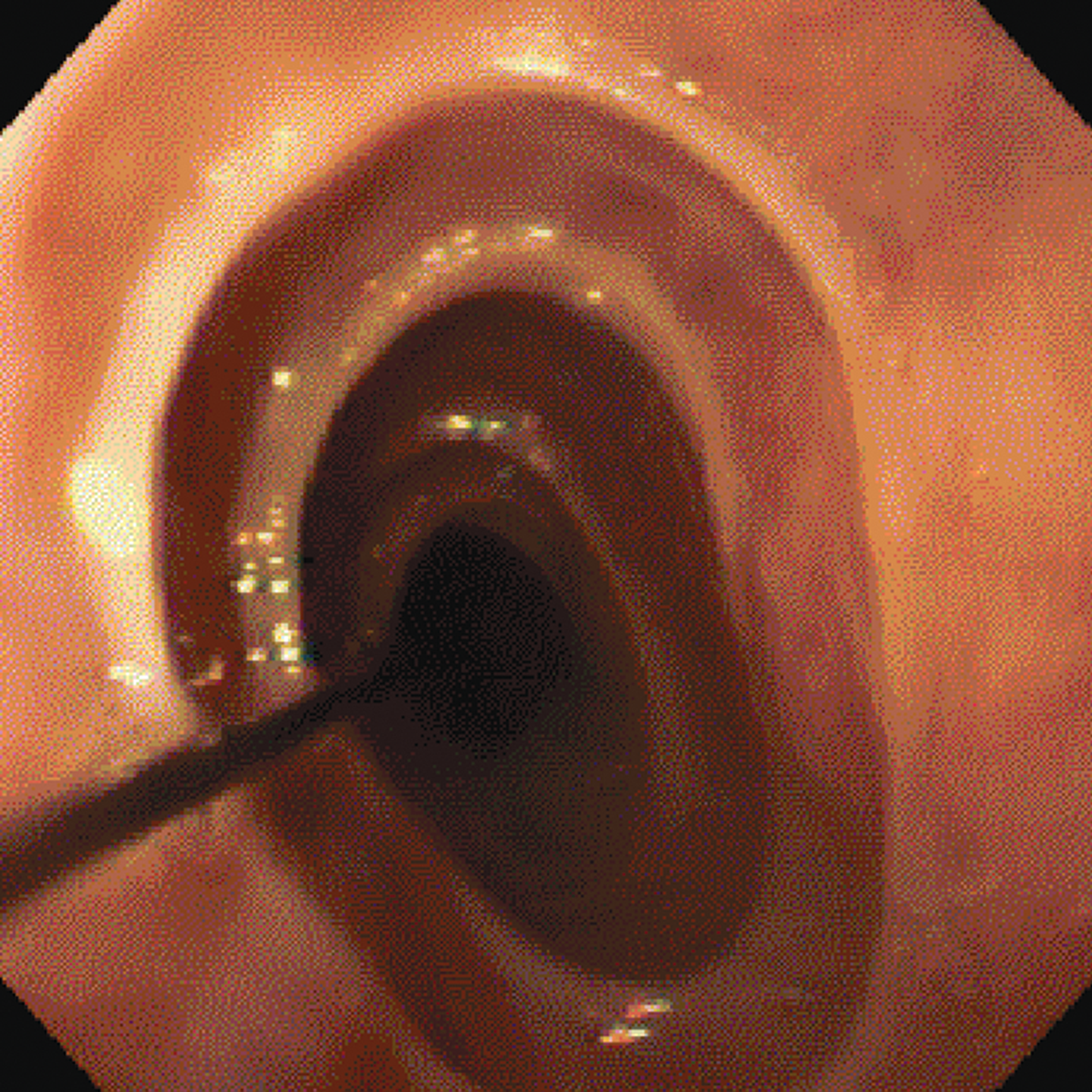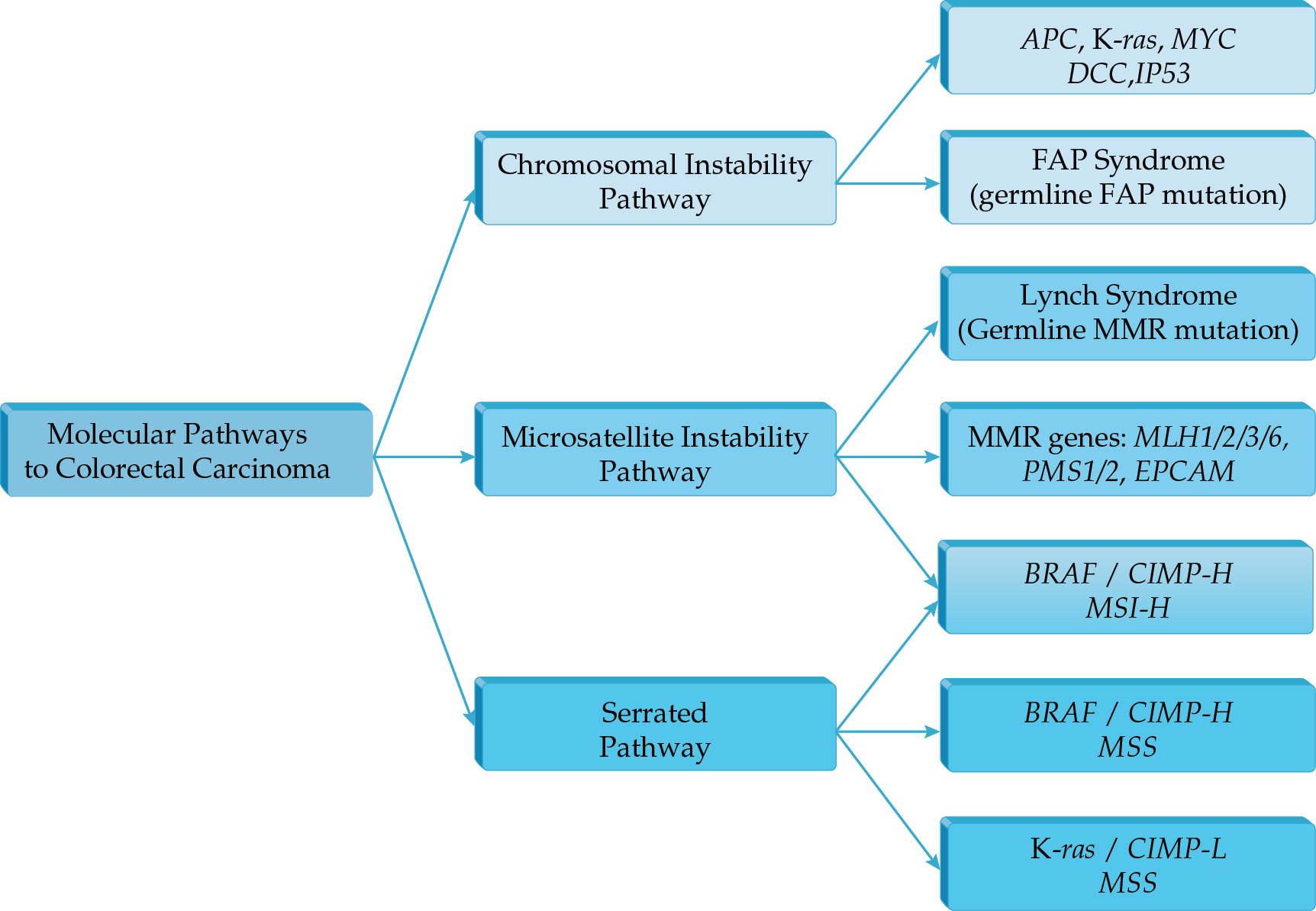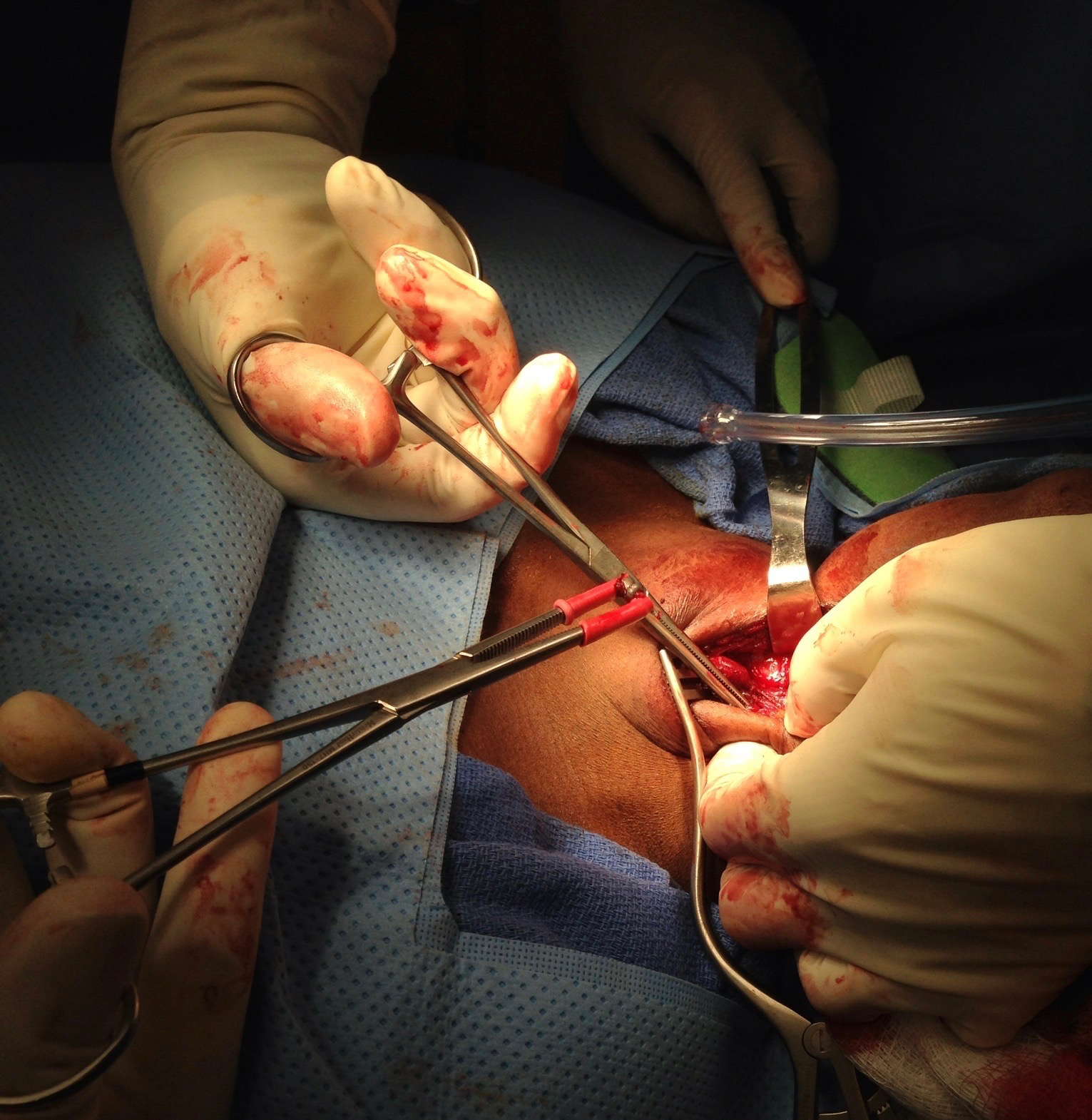- POEM is an emerging therapy for achalasia that is a hybrid of surgical myotomy and pneumatic dilation.
- One of the most important tools used to detect gastroesophageal reflux disease (GERD) is ambulatory 24-hour esophageal pH monitoring; this is typically conducted using a catheter inserted through the nose. A wireless pH probe that can be attached to the esophageal lining is also available. Additional techniques for assessing GERD include ambulatory 24-hour bile monitoring and monitoring of multichannel intraluminal impedance, which can measure both acidic and nonacidic refluxates of liquid or gas consistencies.
- One recently developed technique that can assess the presence or absence of reflux is the measurement of mucosal impedance to electric current. This technique may also be able to distinguish GERD from eosinophilic esophagitis.
Latest Updates


- POEM is an emerging therapy for achalasia that is a hybrid of surgical myotomy and pneumatic dilation.
- One of the most important tools used to detect gastroesophageal reflux disease (GERD) is ambulatory 24-hour esophageal pH monitoring; this is typically conducted using a catheter inserted through the nose. A wireless pH probe that can be attached to the esophageal lining is also available. Additional techniques for assessing GERD include ambulatory 24-hour bile monitoring and monitoring of multichannel intraluminal impedance, which can measure both acidic and nonacidic refluxates of liquid or gas consistencies.
- One recently developed technique that can assess the presence or absence of reflux is the measurement of mucosal impedance to electric current. This technique may also be able to distinguish GERD from eosinophilic esophagitis.

- POEM is an emerging therapy for achalasia that is a hybrid of surgical myotomy and pneumatic dilation.
- One of the most important tools used to detect gastroesophageal reflux disease (GERD) is ambulatory 24-hour esophageal pH monitoring; this is typically conducted using a catheter inserted through the nose. A wireless pH probe that can be attached to the esophageal lining is also available. Additional techniques for assessing GERD include ambulatory 24-hour bile monitoring and monitoring of multichannel intraluminal impedance, which can measure both acidic and nonacidic refluxates of liquid or gas consistencies.
- One recently developed technique that can assess the presence or absence of reflux is the measurement of mucosal impedance to electric current. This technique may also be able to distinguish GERD from eosinophilic esophagitis.

Epidemiology and Molecular Biology of Colorectal Cancer
- Current data on the epidemiology of colorectal cancer in United States and globally
- Classification and detailed description of the three major molecular pathways for colorectal cancer carcinogenesis
- Modern classification of familial syndromes based on polyp type and description of newly discovered familial colorectal cancer syndromes

Disorders of Water and Sodium Balance: Hypernatremia
- Hydrochlorothiazide is not beneficial in treating ICU-acquired hypernatremia
- Hypernatremia after hypertonic saline irrigation is rare, but might cause severe complications
- Hypercalcemia induces targeted autophagic degradation of aquaporin-2 at the onset of nephrogenic diabetes insipidus
- Hypernatremia identified as new predictor of worse clinical outcomes after percutaneous endoscopic gastrostomy placement

Disorders of Water and Sodium Balance: Hypernatremia
- Hydrochlorothiazide is not beneficial in treating ICU-acquired hypernatremia
- Hypernatremia after hypertonic saline irrigation is rare, but might cause severe complications
- Hypercalcemia induces targeted autophagic degradation of aquaporin-2 at the onset of nephrogenic diabetes insipidus
- Hypernatremia identified as new predictor of worse clinical outcomes after percutaneous endoscopic gastrostomy placement

Epidemiology and Molecular Biology of Colorectal Cancer
- Current data on the epidemiology of colorectal cancer in United States and globally
- Classification and detailed description of the three major molecular pathways for colorectal cancer carcinogenesis
- Modern classification of familial syndromes based on polyp type and description of newly discovered familial colorectal cancer syndromes

Principles of Initial Trauma Evaluation and Management
- There is a shift to change the definition of massive transfusion to focus on units per time as opposed to total units administered.
- While laparotomy is still considered the gold standard treatment for gunshot wounds to the abdomen, selective NOM of penetrating abdominal wounds is possible. NOM can only be performed in centers that have the staffing and resources to perform serial examinations and the ability to take the patient to the OR at any time should they decompensate.
- Resuscitation of the trauma patient, like much of critical care, is a sophisticated art of balancing the needs of competing organ systems in a patient with multiple injuries. Resuscitation of the trauma patient focuses on prevention of the lethal triad of trauma and secondary injury. The term refers to a triad of acidosis, coagulopathy, and hypothermia resulting from injury and blood loss.
|
Next »


